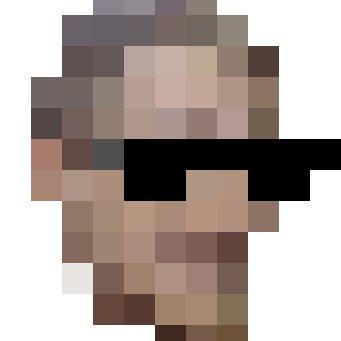Video-RAG-master by  Leon1207
Leon1207
Video comprehension enhanced with RAG
Top 99.6% on SourcePulse
Video-RAG enhances open-source Long Video Language Models (LVLMs) by integrating visually-aligned auxiliary texts (OCR, ASR, object detection) through a retrieval-augmented generation (RAG) pipeline. This approach aims to improve video comprehension capabilities for researchers and developers working with LVLMs, offering a training-free, plug-and-play solution that achieves state-of-the-art performance without commercial APIs.
How It Works
Video-RAG augments LVLMs by retrieving and incorporating three types of visually-aligned auxiliary texts: Optical Character Recognition (OCR), Automatic Speech Recognition (ASR), and object detection results. These texts are processed by external tools and then retrieved via a RAG mechanism, enriching the context provided to the LVLM. This method is designed to be versatile and plug-and-play, requiring no additional training for existing LVLMs.
Quick Start & Requirements
- Installation: Requires cloning the LLaVA-NeXT repository and setting up a conda environment. Additional packages include
spacy,faiss-cpu,easyocr,ffmpeg-python,torch==2.1.2, andtorchaudio. A separate environment for APE (likely for auxiliary processing) is also needed, with dependencies installed viarequirements.txt. - Prerequisites: Python 3.10,
spacyEnglish model (en_core_web_sm), and potentially specific versions of PyTorch. - Setup: Involves cloning multiple repositories, creating conda environments, installing dependencies, and copying files between directories.
- Resources: Requires significant disk space for model weights and dependencies. GPU acceleration is implied for efficient operation.
- Links: LLaVA-NeXT GitHub, arXiv Paper.
Highlighted Details
- Achieves proprietary-level performance on open-source models, surpassing Gemini-1.5-Pro on Video-MME benchmarks.
- Fully open-source implementation, avoiding commercial API dependencies.
- Training-free, plug-and-play pipeline adaptable to various LVLMs.
- Integrates OCR, ASR, and object detection for visually-aligned context.
Maintenance & Community
The project is associated with the paper "Video-RAG: Visually-aligned Retrieval-Augmented Long Video Comprehension" by Luo et al. Further community or maintenance details are not explicitly provided in the README.
Licensing & Compatibility
The README does not specify a license. Compatibility for commercial use or closed-source linking is not detailed.
Limitations & Caveats
The pipeline is built upon LLaVA-NeXT, and adapting it to other LVLMs requires manual modification of specific functions and model loading points within the vidrag_pipeline.py script. The project's status (e.g., alpha, beta) and potential for breaking changes are not stated.
1 month ago
1 day

 haokunwen
haokunwen friedrichor
friedrichor mingze-yuan
mingze-yuan kabartay
kabartay openai
openai Sentdex
Sentdex HKUDS
HKUDS cystanford
cystanford JayZeeDesign
JayZeeDesign kn1026
kn1026